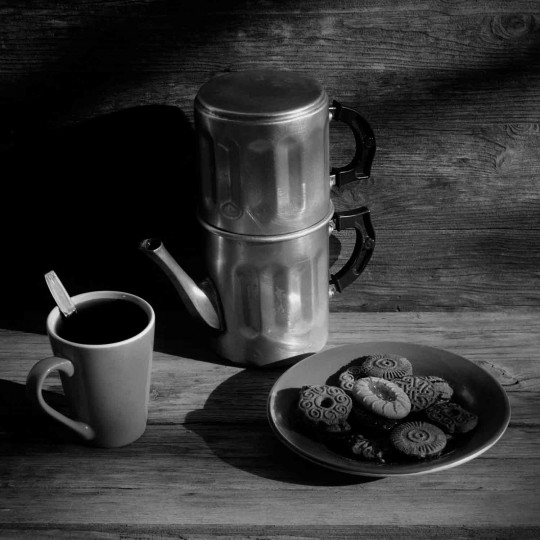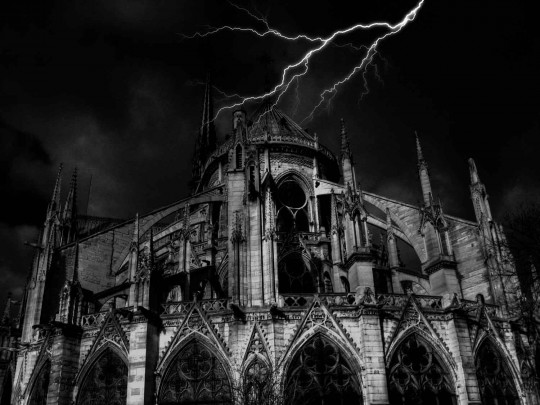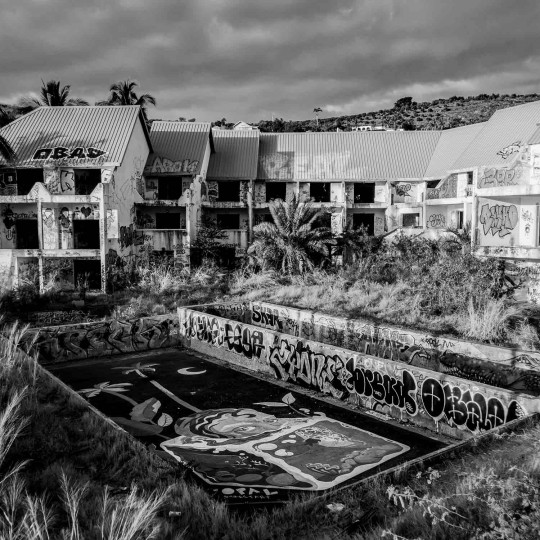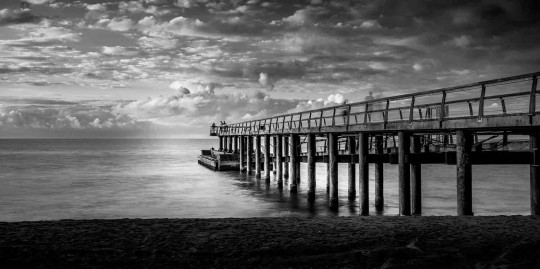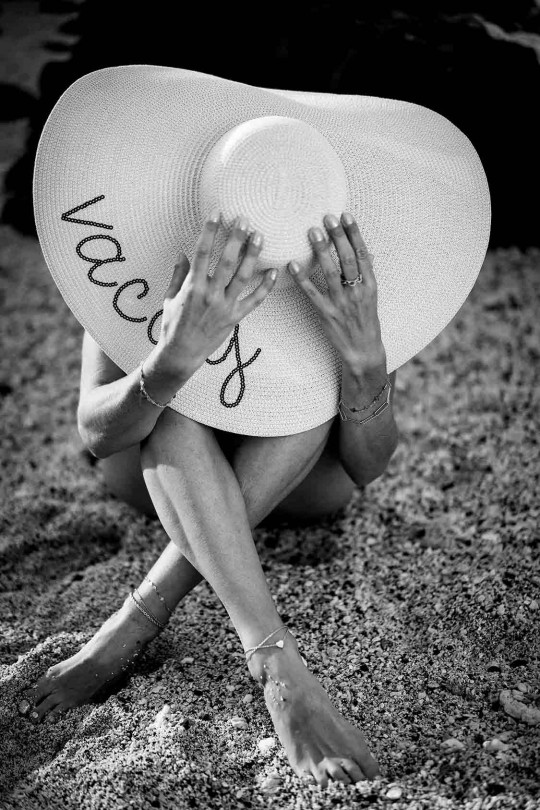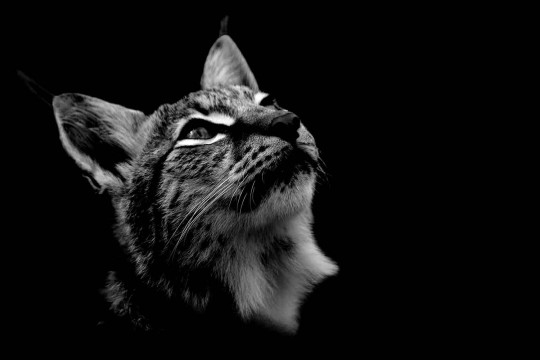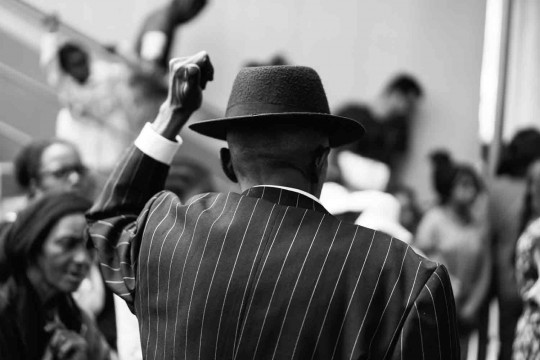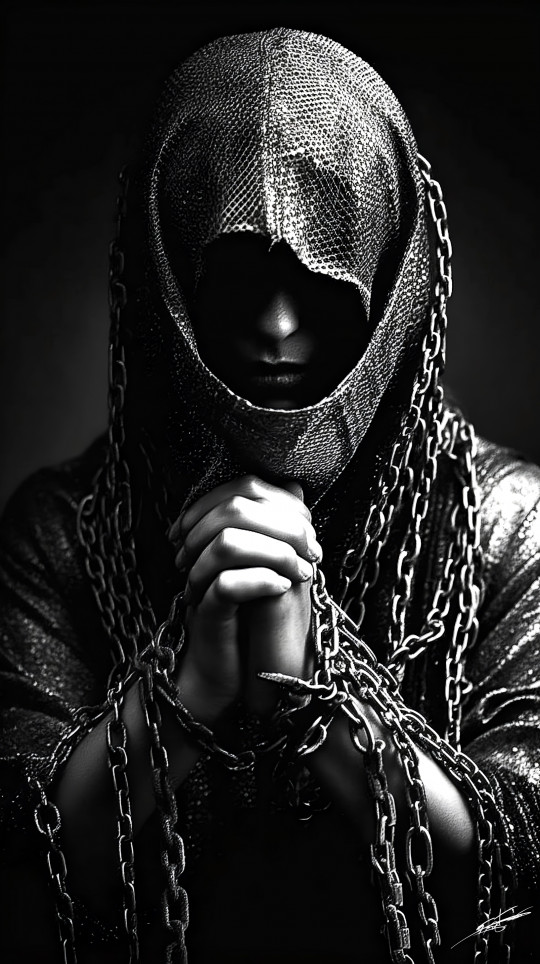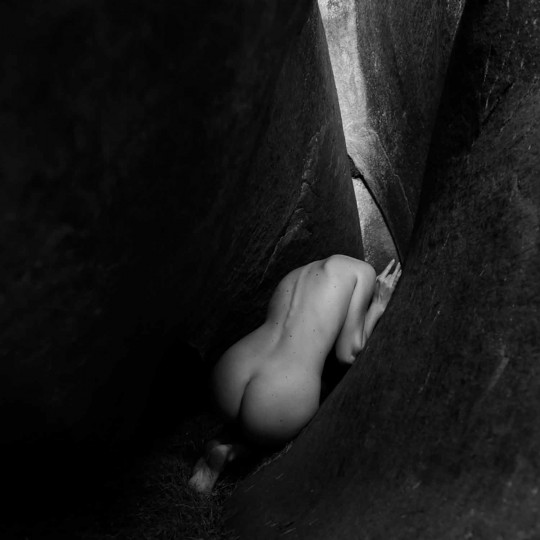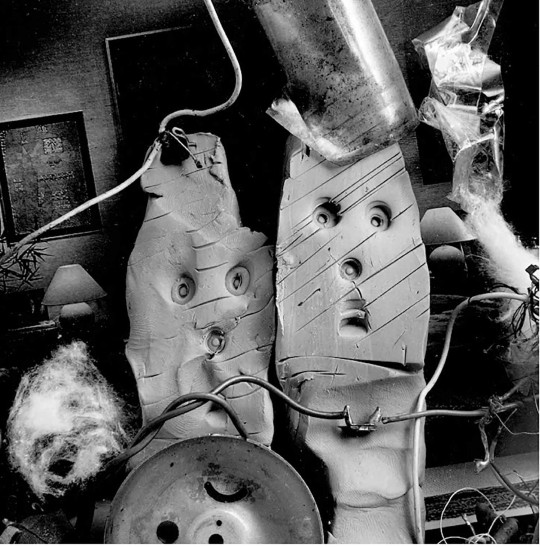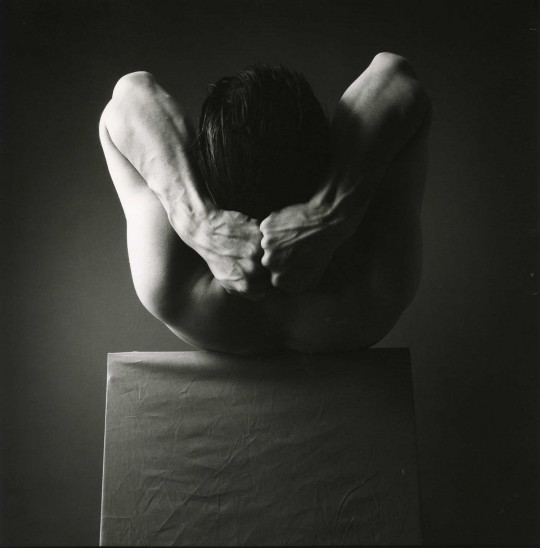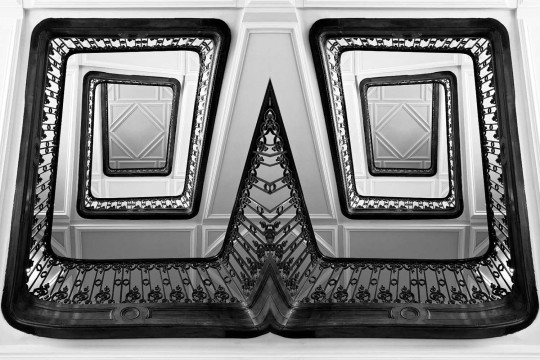The first works carried in France to record the image obtained in one camera obscura can be grouped under the label "positive direct". The images of Nicéphore Niépce, of Louis Daguerre or of Hippolyte Bayard are all obtained without the use of a negative, directly on a metal plate or on a paper sheet.
The first photos are unique images which respect the values of the bright imprint.
- The heliography : the oldest image recorded in a darkroom dates from 1827 by Nicéphore of Niépce, from the 1st floor window of his house in Gras, in Saint-Loup-de-Varennes. Héligraphie is a technique of impression of the photographic images on paper, using a process combining the transfer of a positive photographic on a photosensitive varnish and line-soft engraving.
- The daguerreotype : it relates to a positive image obtained directly in the darkroom.
As support, Daguerre holds a brass plate covered with an agent's fine layer minutely polished. The plate is then submitted to the vapors of iodine which form a layer of silver iodide, sensitive to light. After exposure in the darkroom, the plate is revealed and inverted by means of mercury vapors, then fixed to sea salts so not to undergo any more the effect of light. Much more than an image, the daguerreotype is a unique photographic object which imposes a delicate manipulation to reveal the image to the spectator.
After the works of the British William Henry Fox Talbot, photography enters the era of reproducibility. At first on paper sheet then on glass plate then on celluloid film, negatives with inverted values are the matrix from which numerous positive editions can be realized.
- The calotype : a photographic process invented by William Henry Fox Talbot and patented in 1841. It allows the obtention of a direct paper negative and thus the possibility to reproduce positive images by simple edition contact. The negative-positive process will become the base of the modern argentic photography.
- The negative glass with humid collodion : the humid collodion is a photographic process attributed to the Englishman Frederick Scott Archer in 1851. In fact, the process was already known from June 1st, 1850, date of the first publication of the Traité pratique de photographie sur papier et sur verre by the Frenchman Gustave Le Gray. He was the first one to replace the albumin with the collodion to fix the emulsion to the glass, but for obvious technical reasons of convenience (the dry polished paper of Le Gray did not weigh and could be kept six to eight days before development), he neglected this invention and concentrated its searches on the improvement of the less sensitive paper negatives giving a more artistic depiction. The process in the collodion was the dominating negative process until the appearance and the commercialisation of negatives with silver gélatino-bromide in 1880.
- The negative glass in the silver gélatino-bromide : the date held for this invention is 1871, but the development of this technique meant a set of searches on dry processes and on the so called "alkaline" developments which began earlier and eventually joined later. The gelatin substitutes itself to the collodion in the preparation of glass plates. In 1875, the British Richard Kennett offers to retails a process with silver gelatin-bromide, which, developed in an alkaline bath, reaches the performances of the humid collodion.
The preparation of the silver gélatino-bromide is delicate and calls for a lot of practice to obtain regular results. It is necessary to await 1879 for the silver gélatino-bromide process is accepted and massively used in France.
- The negative on celluloid film : in parallel to the elaboration of emulsions with silver gélatino-bromide, the question of the support is once more raised by manufacturers. The glass appears as a brake in the process of industrialization of photography, its weight and its fragility limit its uses. During 1880s, the American industrialist George Eastman exploits the new possibilities of the silver gélatino-bromide and commercialise glass plates, then paper rolls coated with a layer of silver gélatino-bromide which gets loose before its development. The firm also proposes the development of negatives and edition of the tests. In 1888, Eastman launches in the US its Kodak device which concentrates new possibilities offered by silver gélatino-bromide: reduced format, support sensibility and lightness owed to the use of a flexible support for the emulsion. With Kodak's type devices, the practice of photography widens considerably and becomes a family activity seized by women and children.
 English
English Français
Français
